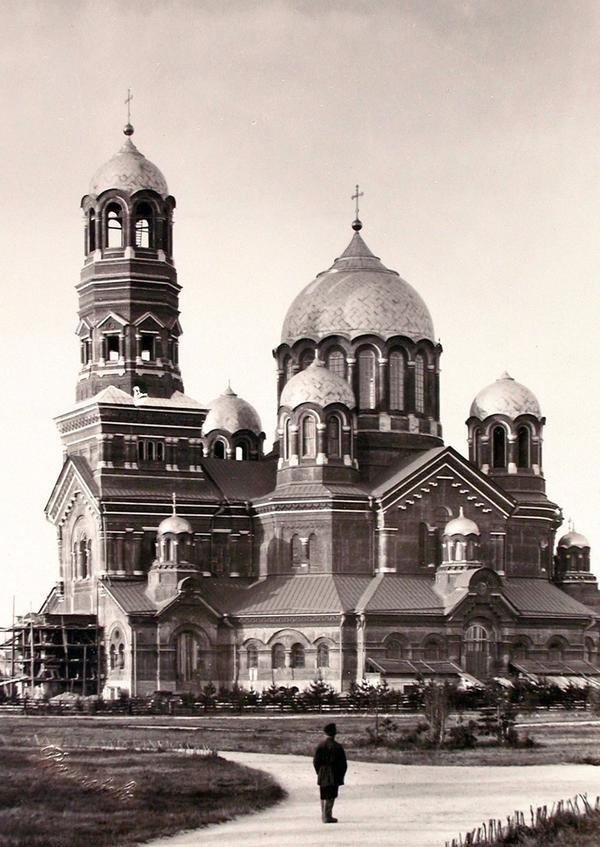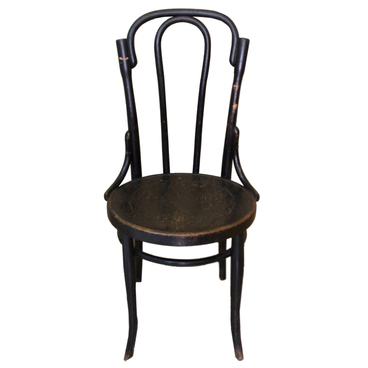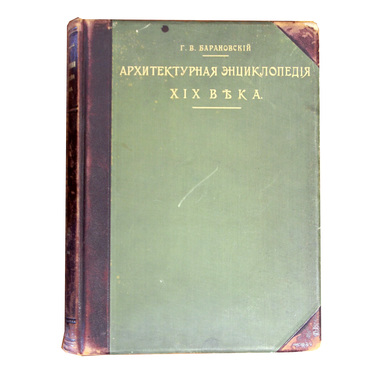The very first bells appeared around the 18th -17th c. BC in China and were small in size. Initially, they served for alerting, but later, also in China, they were used as a musical instrument as well.
Bell
Creation period
1880
Dimensions
25x20,5 cm
Height – 25cm, throat diameter – 20.5 cm
Height – 25cm, throat diameter – 20.5 cm
Technique
Metal, casting
Exhibition
2
Open in app#1
Bell
#3
#9
In European countries, they began to make bells about 2 thousand years later, and in Russia they appeared after the adoption of Christianity, closer to the end of the 10th century. The Russian word for bell – kolokol appeared in Old Russian by the 11th century.
#10
At first, in Russia they made only small bells. Large ones began to be cast from various alloys only in the 15th century, when there appeared metallurgical enterprises. Large bells made deep, low sounds that were audible from a great distance, so they were used to convene general meetings and to quickly alert people of danger.
#8
Bells rang during the awarding of conquering heroes. Townspeople were tolled to church by the largest bells called blagovestniki – the only musical instruments in church services. With the advent of bells appeared a special profession — the bell ringer. He could control five or six bells simultaneously.
#11
The museum metal bell was cast around the 1880s. It was donated by the Cathedral Church of Samara.
#12
The foundation of the Samara Cathedral was laid in 1869, the construction began two years later. The project was developed by Petersburg architect and artist Ernest Gibert. He was born in Paris and travelled a lot throughout his life, including around European countries. This shows in the drawings for the cathedral — Byzantine features were added to the Russian architectural style: five domes in the form of a hemisphere, a high pyramidal bell tower, triple arched windows and an abundance of decorative brick details.
#13
From 1889, young Samara architect Alexander Shcherbachev joined the construction of the Cathedral. It was he who 9 years later would design and erect Klodt’s Mansion in Samara, in the building of which the museum is now located.
#14
The cathedral was consecrated in August 1894, it was named the Cathedral of Christ the Saviour and was designed for 2.5 thousand parishioners. Inside there were also vaults for the burial of city bishops. The building did not last long. In the 1920s, the church was closed, its priests and their families were evicted, and the building began to accommodate the House of Culture of the Builders’ Union. In May 1930, the cathedral was completely destroyed in order to use the bricks for the construction of new houses. From the obtained building material, they erected the Radiohouse, the House of the Red Army and the House of Industry, and the construction debris was thrown into ravines and used for the foundation of the future House of Culture.
#15
The Samara Cathedral
read morehide
00:00
00:00
1x
Bell
Creation period
1880
Dimensions
25x20,5 cm
Height – 25cm, throat diameter – 20.5 cm
Height – 25cm, throat diameter – 20.5 cm
Technique
Metal, casting
Exhibition
2
Open in app
Share




